
Dypsis lutescens butterfly palm tree Stock Photo Alamy
Origins. Hermann Wendland first described the Areca Palm in 1878 during a voyage to Madagascar (its natural habitat) and neighbouring regions. Although he originally named it as 'Chrysalidocarpus lutescens', the species' name jumped around until its final resting spot in 1995 as ' Dypsis lutescens '. Most of the Latin names used to describe the species (& the genus) relate to the colour of it.

Dypsis Lutescens Entretien Dypsis lutescens planter et entretenir Ooreka
Dypsis lutescens, commonly called bamboo palm, butterfly palm or areca palm, is native to moist forest areas in Madagascar. Although endangered in its native habitat, it is commonly available in commerce throughout the world for outdoor plantings (where winter hardy) or as a houseplant.

Dypsis lutescens (Areca Palm, Bamboo Palm, Butterfly Palm, Cane Palm, Golden Butterfly Palm
The history behind the genus name Dypsis is unknown. Species. The species name lutescens is the Latin term for "growing yellow," and it alludes to this palm's yellow petioles or stems. Common Names Areca Palm, Golden Cane Palm, Yellow Bamboo Palm. Years of widespread cultivation have earned this palm numerous common names.
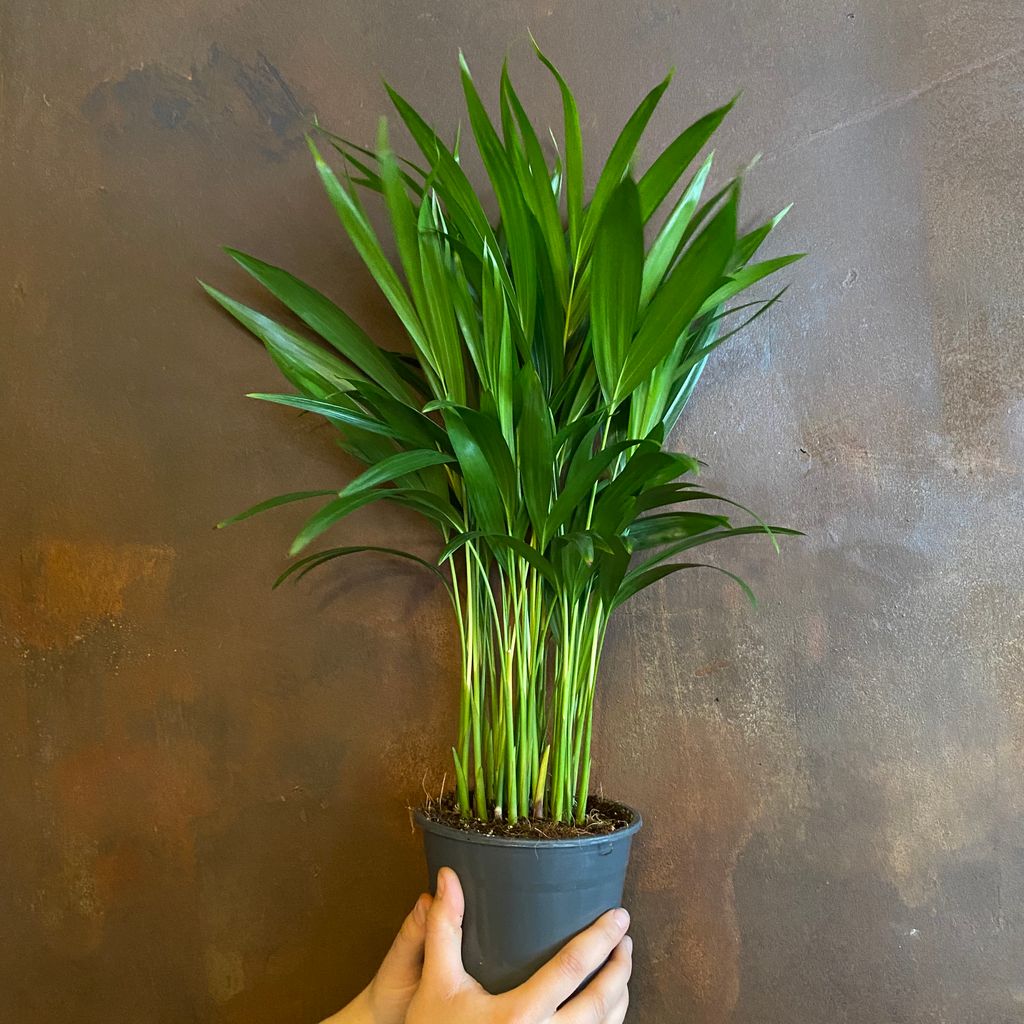
Dypsis lutescens (14cm pot) grow urban.
The areca palm is also sold as Dypsis lutescens or Areca lutescens. Native to the tropics of Madagascar, it's also known as the butterfly palm, golden feather palm, bamboo palm, golden cane or yellow palm. The areca palm is good at humidifying the air and is a great air purifier too, capable of removing toxins and pollutants from the air.

Dypsis Lutescens Giftig FüR Katzen
As for watering requirements, keep the soil lightly and consistently moist during germination and for the first 1-2 months of growth. Place the pot in bright, indirect light and provide temperatures of 70-85 ° F (21-29 ° C). Please note that you might get either green or orange/brown colored Areca Palm seeds.

Dypsis Lutescens Entretien Dypsis lutescens planter et entretenir Ooreka
The Spruce / Alonda Baird Light Outdoors, these plants like bright, filtered sunlight but they also tolerate full sun. Indoors, areca palms do best with bright light exposure from a south- or west-facing window. Soil Outdoor specimens do best in rich, slightly acidic soil with a pH of around 6.0 and very good drainage.

DYPSIS LUTESCENS 21 H150CM CASABOTANICA
Areca palms, scientifically known as Dypsis lutescens or Chrysalidocarpus lutescens, are popular houseplants admired for their graceful and feathery fronds. This comprehensive care guide will provide valuable insights and tips to ensure your Areca palm thrives and brings a touch of tropical elegance to your indoor space.

Dypsis lutescens planter et entretenir Ooreka
Simply soak the seeds in lukewarm water for 2 days and then sow into a plastic pot in the appropriate growing medium. Then, place the whole pot in a plastic bag with a zipper and add water and universal fertiliser for the perlite to absorb. Leave the bag somewhere with a daytime temperature of around 26°C and wait patiently for your seeds to.
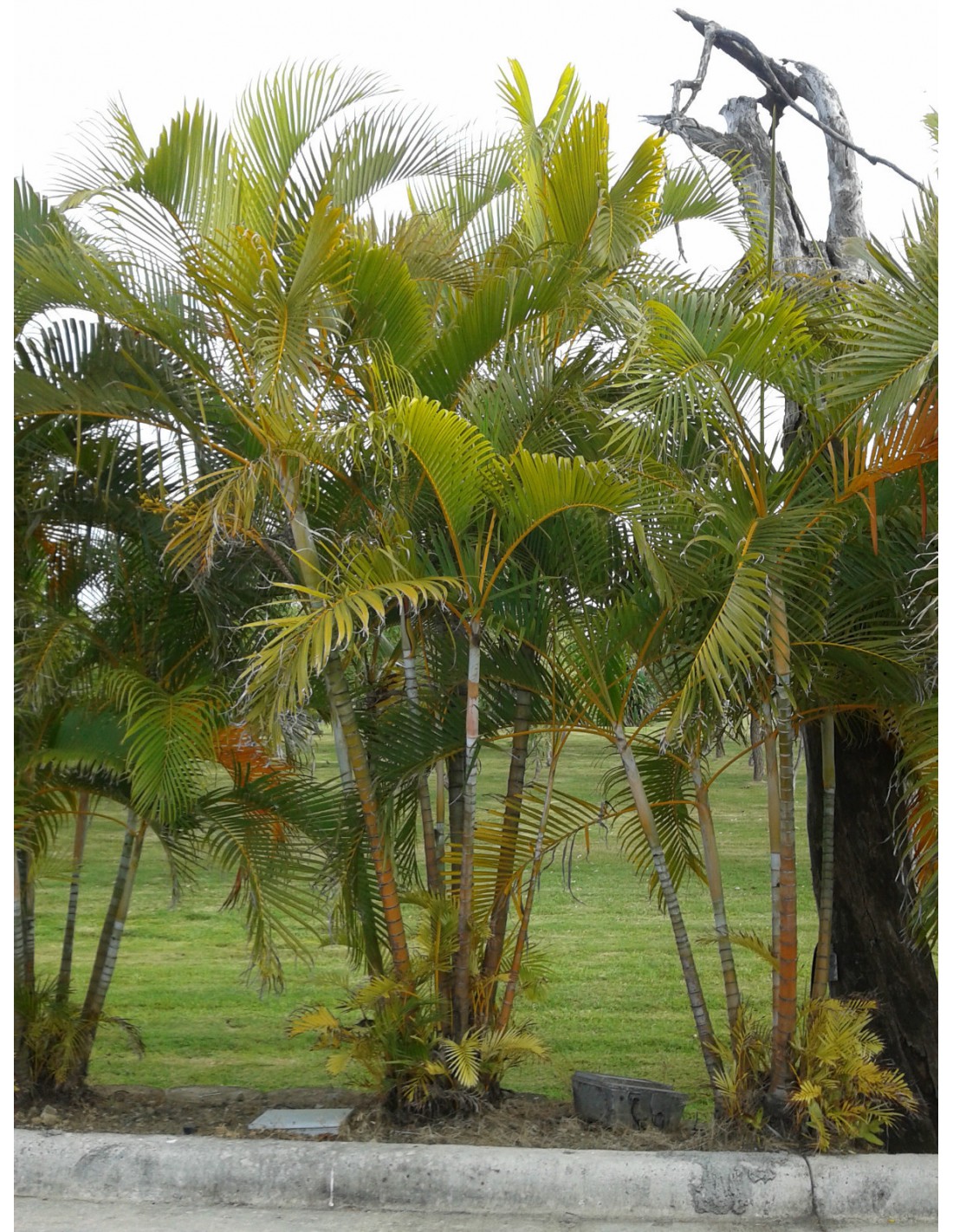
Palmier multipliant Dypsis Lutescens 7,5L
Dypsis lutescens is a perennial tropical plant that grows to 6-12 m (20-39 ft) in height and spreads from 3-5 m (8-15ft). Multiple cane-like stems emerge from the base, creating a vase-like shape. The leaves are upward-arching, 2-3 m (6 ft 7 in - 9 ft 10 in) long, pinnate, with a yellow mid-rib.
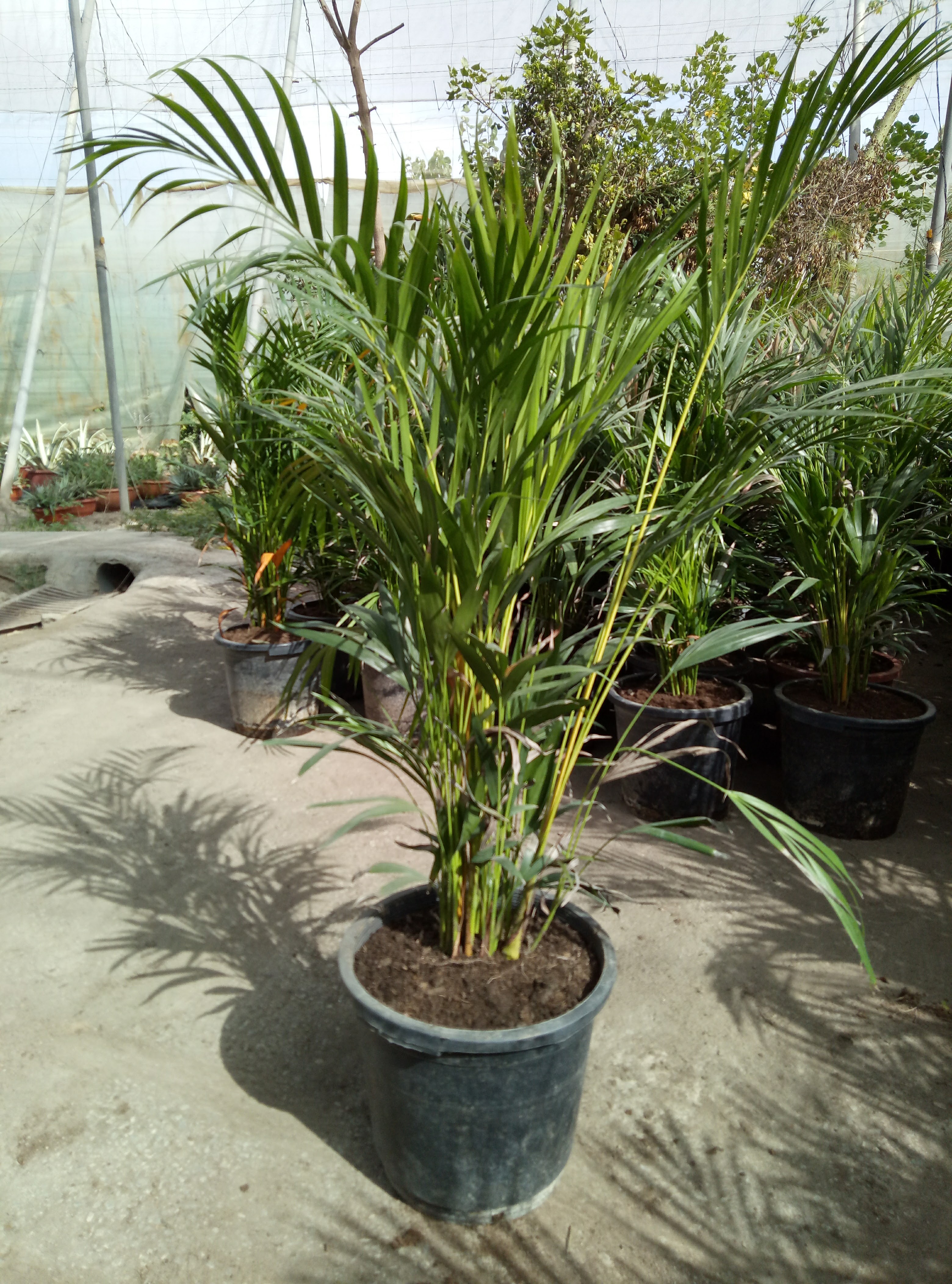
Dypsis lutescens Viveros Emilio Diaz
Dypsis lutescens, also known as Areca Palm, butterfly palm, yellow palm, or golden cane palm is native to the humid forests of Madagascar. However, it has been naturalized in many places, including Puerto Rico, Cuba, Jamaica, Florida, Haiti, the Canary Islands, and others.
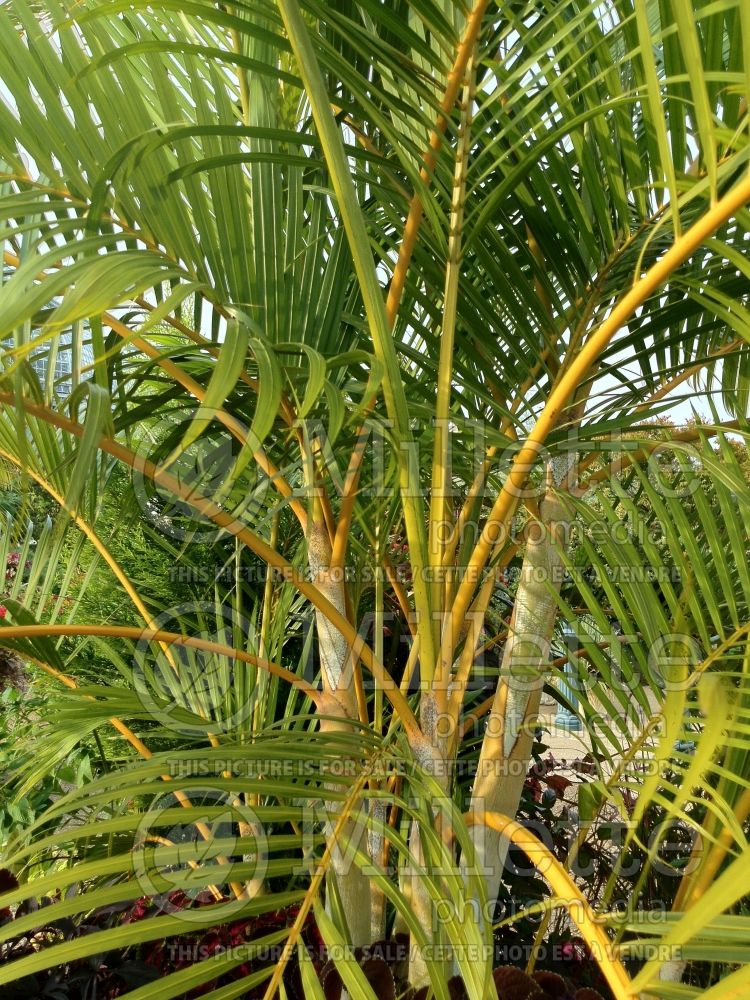
Photo of Dypsis lutescens aka Chrysalidocarpus lutescens (Areca Palm or Butterfly Palm)
The varied names associated with Dypsis lutescens reflect its remarkable characteristics and visual appeal. The "Golden Cane Palm" refers to its slender, golden-colored stems that gracefully arch upwards, giving the plant a cane-like appearance. "Areca Palm" stems from the genus "Areca," previously used to classify this species.

Elegant Dypsis Lutescens Giftig Katzen
The Dypsis lutescens, also known as the Areca Palm, is the most well-known palm that you can keep as a houseplant. Plant owners often confuse the Areca Palm with its smaller sibling the Parlor Palm. These two plants might look similar, but their plant care needs are a little different.

Photo 27773 Dypsis lutescens plant lust
The Dypsis genera contain more than 100 species of palms. Surely, one of which will pick your interest. Some of the worth mentioning Dypsis varieties and species are the following: Dypsis decaryi- This species is also known as the triangle palm and is famous for its triangular leaf arrangement. It can even grow up to 20 feet and bears black fruits.
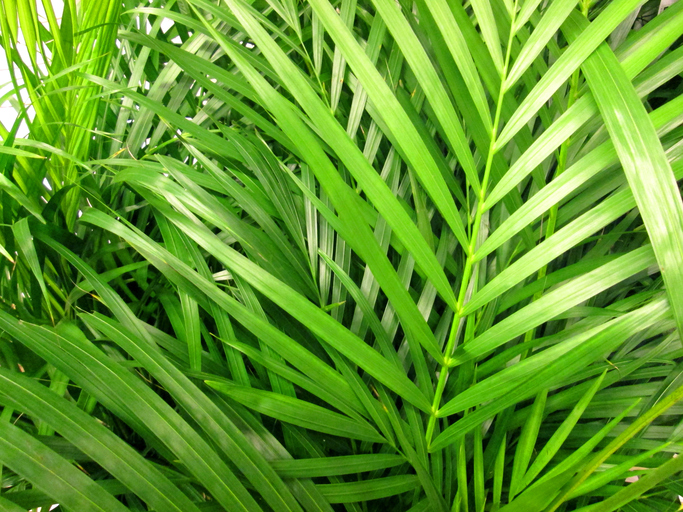
49 Dypsis Lutescens Giftig Für Katzen Uchapeha
Dypsis lutescens Water. As a tropical plant Dypsis lutescens enjoys quite a lot of water. Do the finger dip test before watering to ensure you don't overwater it, as this can lead to root rot. Wilting leaves and dry sign is a sign the plant is thirsty. But don't worry, it will perk back up once it's been watered.

Dypsis lutescens Brisbane Plant Nursery Online
Let's get to know DYPSIS LUTESCENS, better known as the Areca palm. Native to Madagarscar the Areca palm is sometimes called a butterfly palm due to the shape of the leaves. Plant tip: This plant humidifies air so making it ideal for offices or homes with dry air. Conditions.
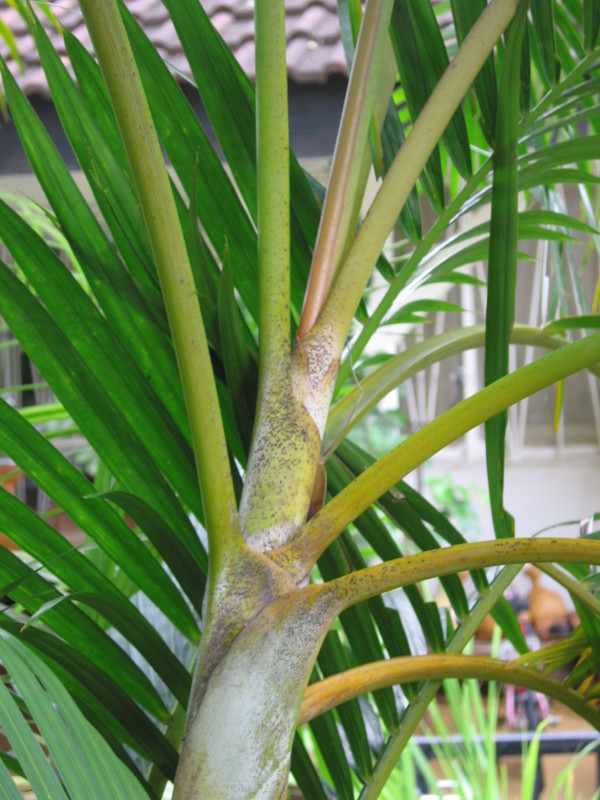
West African Plants A Photo Guide Dypsis lutescens (H. Wendl.) Beentje & J. Dransf.
The Areca Palm (Dypsis lutescens) is a wonderful choice of indoor palm tree to bring a touch of the tropics into your home.Growing in clusters of slender yet erect stalks, it has a feathery appearance to the leaves. Preferring warm and humid climates, this is a very popular houseplant that can provide you with many years of lovely greenery.